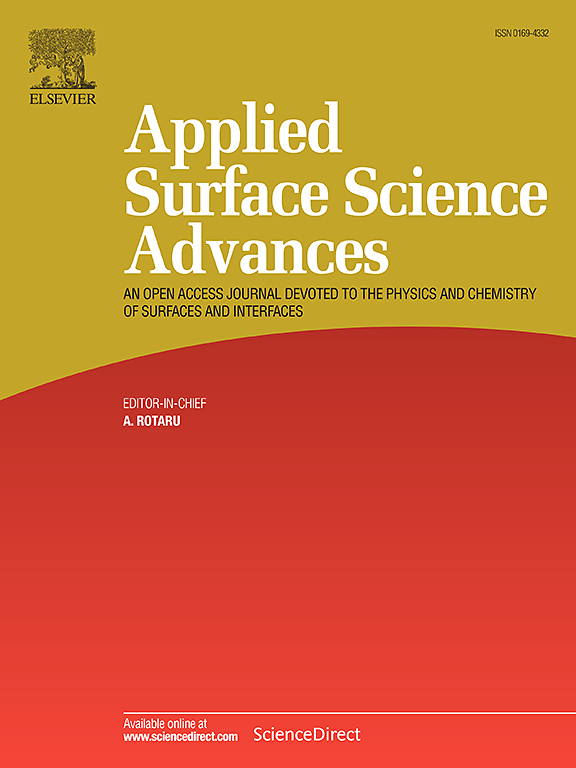Influence of pretreatments on the surface charge of anode and cathode materials in spent lithium-ion batteries - a key point for recycling
IF 7.5
Q1 CHEMISTRY, PHYSICAL
引用次数: 0
Abstract
The flotation process for separating anode and cathode materials (blackmass) is a critical step in recycling lithium-ion batteries (LIBs), particularly before the extraction of lithium-bearing materials. Surface electric charge, measured via zeta potential, plays a pivotal role in the flotation separation of these electrode materials. The pH, roasting temperature, thermal treatment duration, and bubbles' presence can significantly influence these materials' surface properties. However, a comprehensive investigation addressing the combined effects of these factors on the zeta potential of electrode active materials is still lacking. This study aims to bridge this gap by systematically exploring the effects of pH (4.5, 7, and 10.5), roasting temperatures (0–500 °C), varied thermal treatment times (1 to 2 h), and the presence or absence of bubbles (nano and microbubbles) on the zeta potential of both anode and cathode materials. The study also examines the impact of conditioning with n-dodecane, a typical flotation collector. While zeta potential is largely pH-dependent, roasting temperature significantly influences surface charge, whereas thermal treatment duration has a minimal effect. Notably, the most considerable zeta potential difference (28.3 mV) between the anode (-18.63 mV) and cathode (9.67 mV) surfaces occurred in the absence of both collector and bubbles, at pH 7, 500 °C, and a thermal treatment time of 2 h. Under conditioning involving bubbles and collector, the highest difference observed was 2.21 mV at pH 7, 250 °C, and 1 h of thermal treatment. These findings contribute to a deeper understanding of surface charge behavior in LIB recycling processes, with implications for improving flotation separation efficiency through surface science and engineering.
预处理对废锂离子电池正极材料表面电荷的影响——回收利用的关键
分离正极材料(黑质)的浮选过程是回收锂离子电池(lib)的关键步骤,特别是在提取含锂材料之前。通过zeta电位测量的表面电荷在这些电极材料的浮选分离中起着关键作用。pH值、焙烧温度、热处理时间和气泡的存在对这些材料的表面性能有显著影响。然而,对这些因素对电极活性材料zeta电位的综合影响的综合研究仍然缺乏。本研究旨在通过系统探索pH值(4.5、7和10.5)、焙烧温度(0-500°C)、不同热处理时间(1至2小时)以及气泡(纳米和微气泡)的存在或不存在对阳极和阴极材料zeta电位的影响来弥合这一差距。该研究还考察了正十二烷(一种典型的浮选捕收剂)对条件的影响。虽然zeta电位很大程度上依赖于ph值,但焙烧温度对表面电荷有显著影响,而热处理时间的影响最小。值得注意的是,阳极表面(-18.63 mV)和阴极表面(9.67 mV)之间的zeta电位差最大(28.3 mV)发生在没有集电极和气泡的情况下,pH值为7500℃,热处理时间为2小时。在有气泡和集电极的条件下,在pH值为7250℃,热处理1小时时观察到的zeta电位差最大为2.21 mV。这些发现有助于更深入地了解锂离子回收过程中的表面电荷行为,对通过表面科学和工程提高浮选分离效率具有重要意义。
本文章由计算机程序翻译,如有差异,请以英文原文为准。
求助全文
约1分钟内获得全文
求助全文

 求助内容:
求助内容: 应助结果提醒方式:
应助结果提醒方式:


